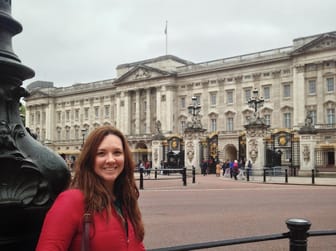Royal Observatory Greenwich
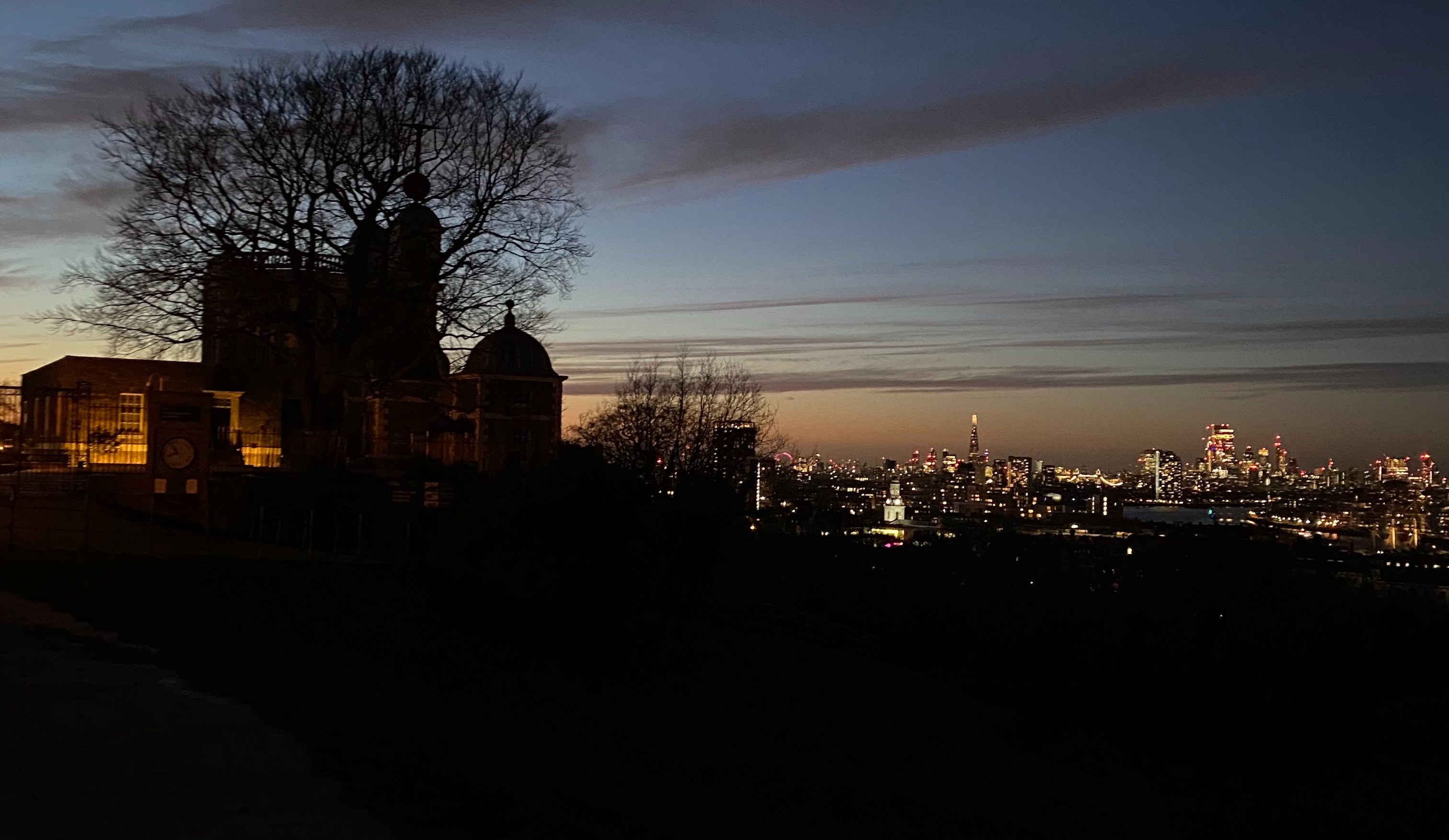
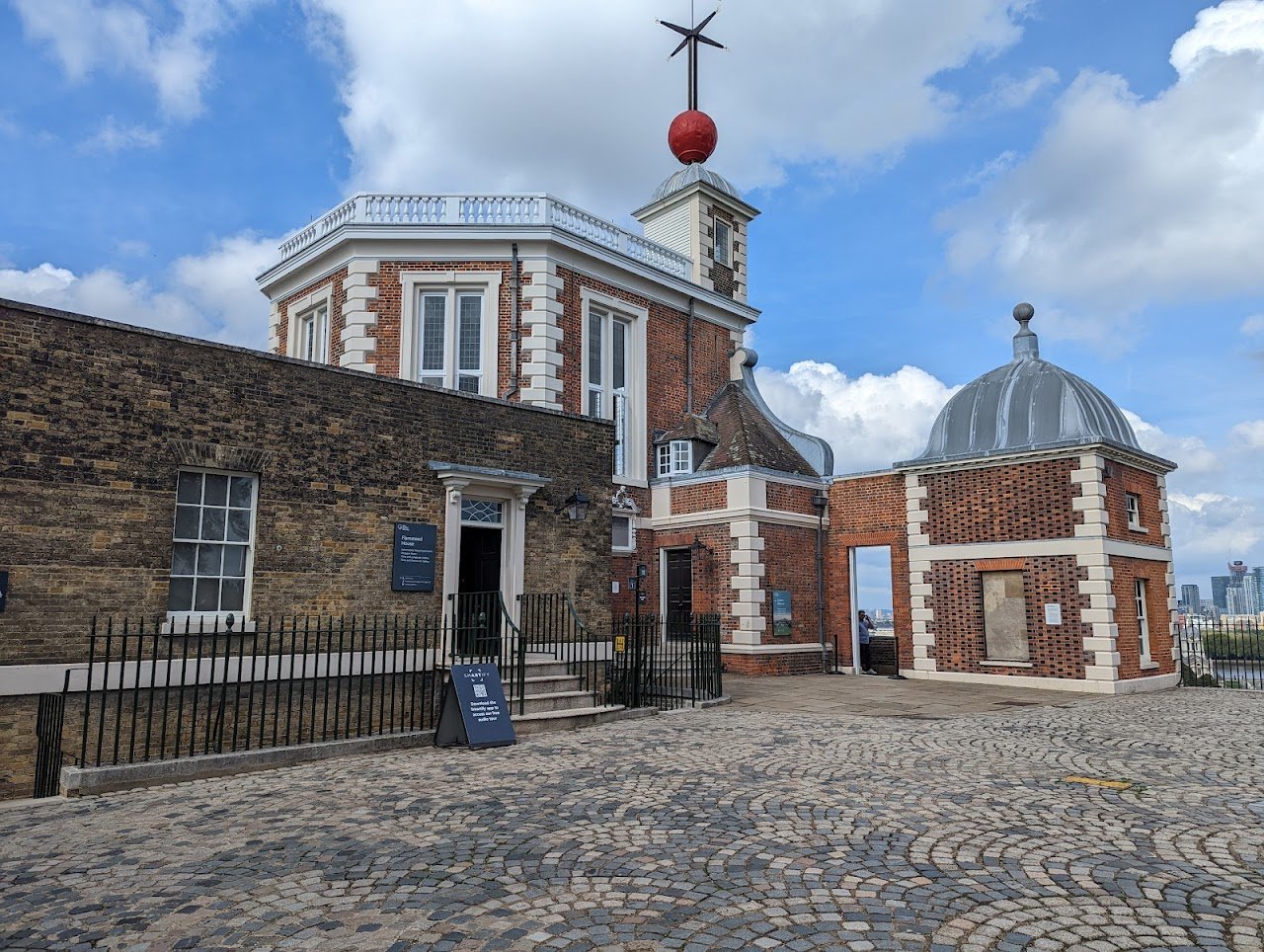

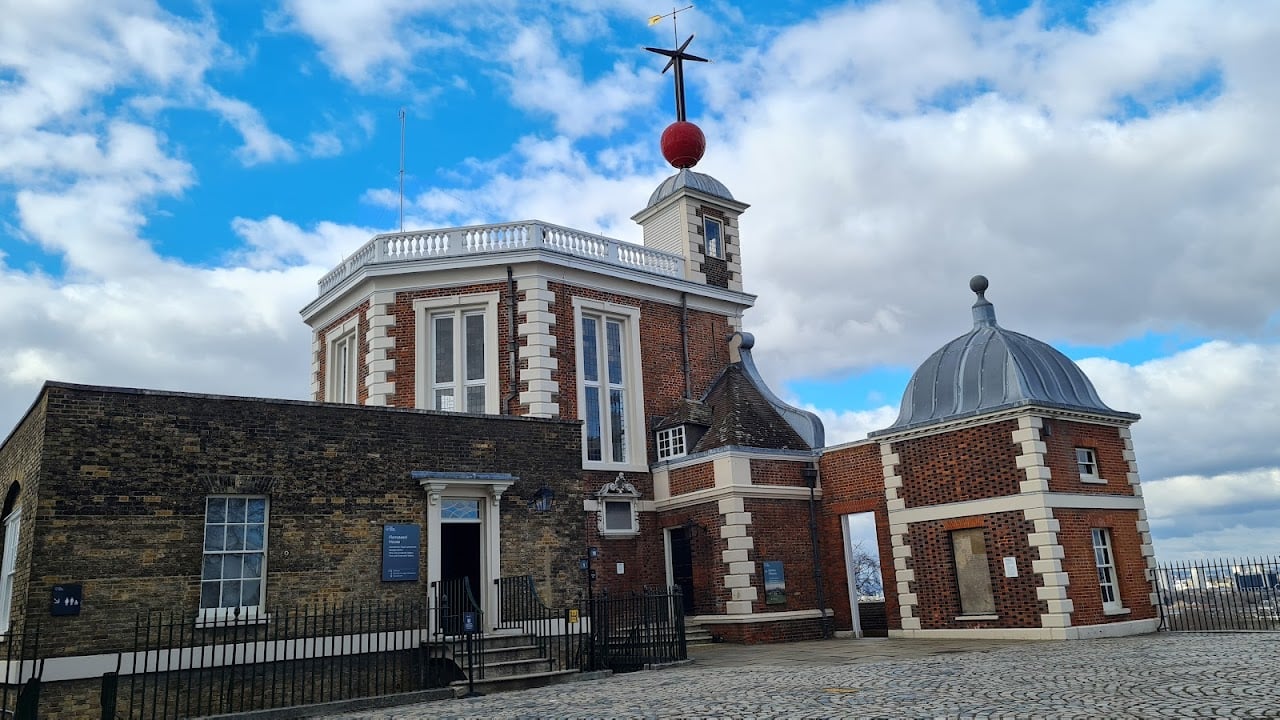
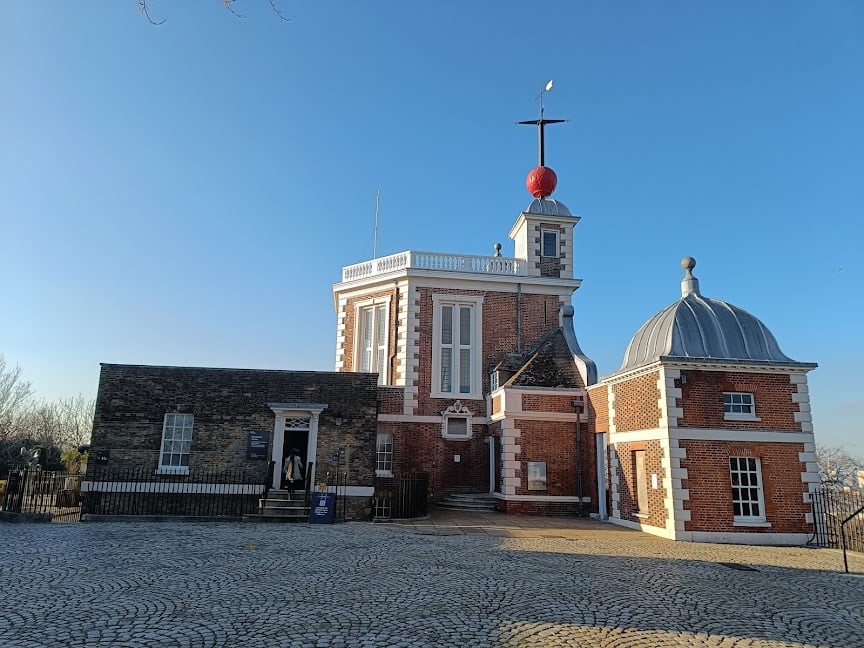
Ask ThatchGPT
Suggest a local expert to plan my trip
Suggest an unique itinerary for my London trip
What foods do London locals eat
What are some true hidden gems in London
Help me brainstorm trip ideas for London
Help me plan a family-friendly trip to London
What people say
Greta Marlene August
"🇬🇧
The Royal Observatory Greenwich is a historic site that has played a significant role in the study of astronomy and navigation. Established in 1675 by King Charles II, the observatory was originally built to improve maritime navigation and to develop accurate methods for determining longitude at sea.
One of the most famous features of the Royal Observatory is the Prime Meridian Line, which represents the division between the Eastern and Western Hemispheres of the Earth. Visitors can stand on the line and have one foot in the Eastern Hemisphere and the other in the Western Hemisphere, making it a popular spot for photos.
In addition to the Prime Meridian, the Royal Observatory houses a museum with exhibits on the history of astronomy, timekeeping, and navigation. Visitors can explore historic telescopes, clocks, and other scientific instruments, as well as learn about the lives and work of famous astronomers.
The Royal Observatory Greenwich is also home to the Greenwich Mean Time (GMT), which is the standard time by which all other time zones in the world are measured. The observatory's role in standardizing time has had a profound impact on global navigation, communication, and commerce.
With its rich history, stunning views of London, and interactive exhibits, the Royal Observatory Greenwich offers visitors a fascinating glimpse into the world of astronomy and navigation.
🇩🇪
Das Royal Observatory Greenwich ist ein historischer Ort, der eine bedeutende Rolle in der Erforschung der Astronomie und Navigation gespielt hat. Gegründet im Jahr 1675 von König Charles II., wurde das Observatorium ursprünglich gebaut, um die maritime Navigation zu verbessern und genaue Methoden zur Bestimmung der Längengrade auf See zu entwickeln.
Eine der bekanntesten Eigenschaften des Royal Observatory ist die Prime Meridian Line, die die Grenze zwischen der östlichen und westlichen Hemisphäre der Erde darstellt. Besucher können auf der Linie stehen und mit einem Fuß in der östlichen Hemisphäre und dem anderen in der westlichen Hemisphäre stehen, was sie zu einem beliebten Ort für Fotos macht.
Neben dem Prime Meridian beherbergt das Royal Observatory ein Museum mit Ausstellungen zur Geschichte der Astronomie, Zeitmessung und Navigation. Besucher können historische Teleskope, Uhren und andere wissenschaftliche Instrumente erkunden und mehr über das Leben und Werk berühmter Astronomen erfahren.
Das Royal Observatory Greenwich ist auch die Heimat der Greenwich Mean Time (GMT), die die Standardzeit ist, nach der alle anderen Zeitzonen der Welt gemessen werden. Die Rolle des Observatoriums bei der Standardisierung der Zeit hat einen tiefgreifenden Einfluss auf die globale Navigation, Kommunikation und den Handel gehabt.
Mit seiner reichen Geschichte, atemberaubenden Ausblicken auf London und interaktiven Ausstellungen bietet das Royal Observatory Greenwich den Besuchern einen faszinierenden Einblick in die Welt der Astronomie und Navigation."
Alex Ayling
Available for hire
"
Visiting the Royal Observatory in Greenwich offers a unique and enriching experience for travelers interested in astronomy, navigation, and the history of timekeeping. Here are several compelling reasons to include it in your London itinerary:
Prime Meridian: The Royal Observatory is home to the Prime Meridian, the line of 0 degrees longitude that divides the Eastern and Western Hemispheres of the Earth. Visitors can stand on the historic Prime Meridian line, marked by a brass strip, and straddle two different halves of the world simultaneously.
Greenwich Mean Time (GMT): The Royal Observatory is the birthplace of Greenwich Mean Time, the standard time by which all other time zones are measured. Learn about the history of GMT and its importance in global navigation and timekeeping.
Astronomy Galleries: Explore the observatory's astronomy galleries, which showcase a fascinating collection of telescopes, astronomical instruments, and interactive exhibits. Learn about the wonders of the universe, the motion of the planets, and the history of astronomy.
Meridian Courtyard: Take in panoramic views of London from the Meridian Courtyard, located within the grounds of the observatory. Marvel at the stunning architecture of the Flamsteed House, designed by Sir Christopher Wren, and enjoy a peaceful moment overlooking the city skyline.
Planetarium Shows: Experience the wonders of the cosmos with a visit to the Peter Harrison Planetarium, located adjacent to the observatory. Enjoy immersive planetarium shows that transport you on a journey through space and time, from the depths of the solar system to the edges of the universe.
Overall, the Royal Observatory in Greenwich offers a captivating blend of history, science, and exploration, making it a must-visit destination for travelers seeking to expand their horizons and uncover the mysteries of the universe.
"
Cortney Van Wilpe
Available for hire
"This view is one of my absolute favourites in all of London! From the summit of the Royal Observatory in Greenwich, you can take in a stunning panorama that overlooks the iconic Royal Naval College, a UNESCO World Heritage site, and the historic Prime Meridian. The Prime Meridian represents Longitude 0, the line that divides the Eastern and Western Hemispheres. It's not only a geographic landmark but also the birthplace of Greenwich Mean Time (GMT), the system that revolutionized timekeeping around the world. This standardization of time had a profound impact on everything from navigation to the way global businesses operate, shaping modern society in ways that are still felt today.
The Royal Observatory itself has a fascinating history—once the site where astronomers like Sir George Everest (the namesake of Mount Everest) made groundbreaking discoveries. It also played a crucial role in establishing the global grid of longitude and latitude that makes accurate navigation possible.
If you're in the area, I highly recommend visiting during sunset. The view of the city bathed in the warm glow of the setting sun is truly magical, offering a perfect end to a day of sightseeing. Just be sure to check the time of sunset before you go, as it varies throughout the year, with the sun setting earlier in winter and later in summer. "
Read more in:
Mentioned in these guides
About Royal Observatory Greenwich
Get the inside scoop on Royal Observatory Greenwich from local experts, travel creators, and tastemakers. Browse genuine trip notes, Royal Observatory Greenwich reviews, photos, travel guides, and itineraries from real travelers and plan your trip with confidence.
Phone
Save this spot for later or start mapping out a new trip today
Try our AI Travel Assistant and get instant answers to any questions about your trip.
Ask ThatchGPT
